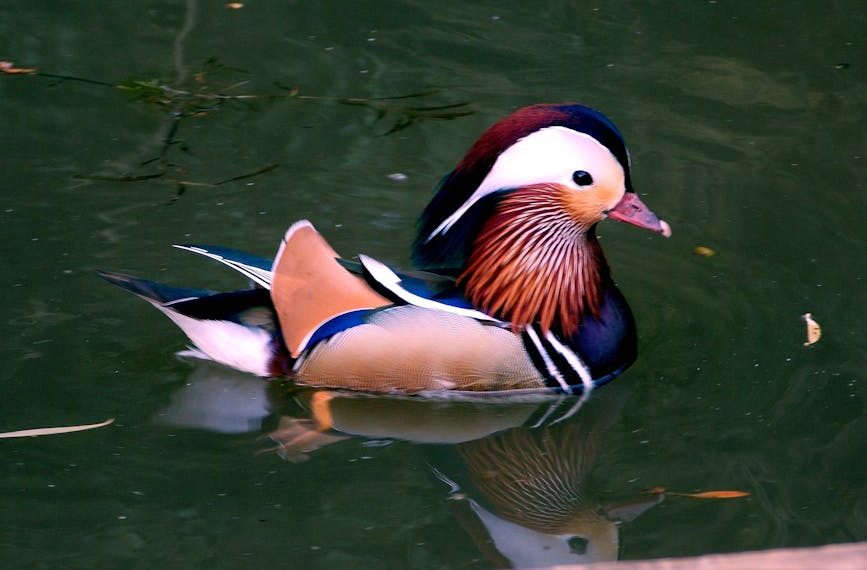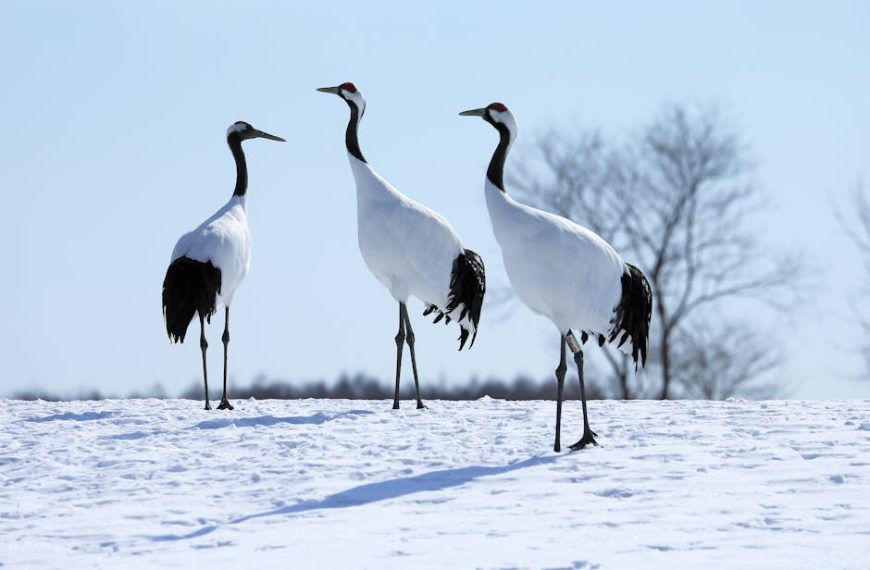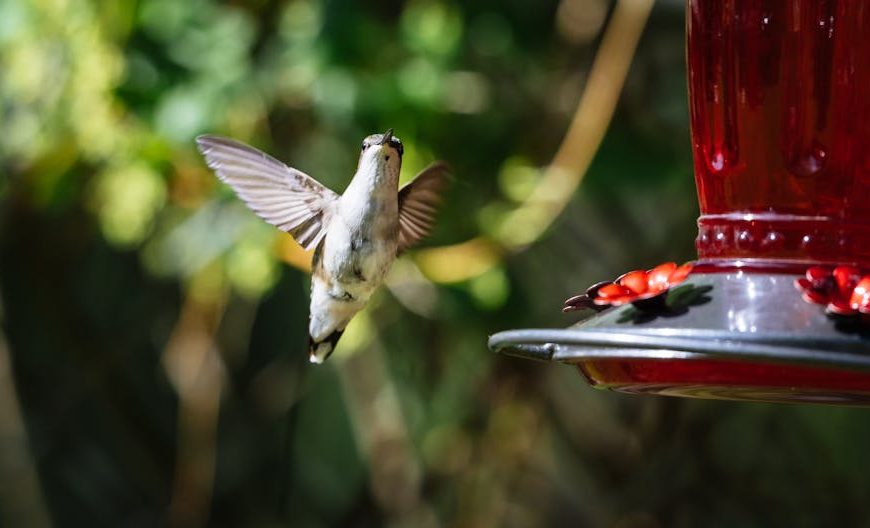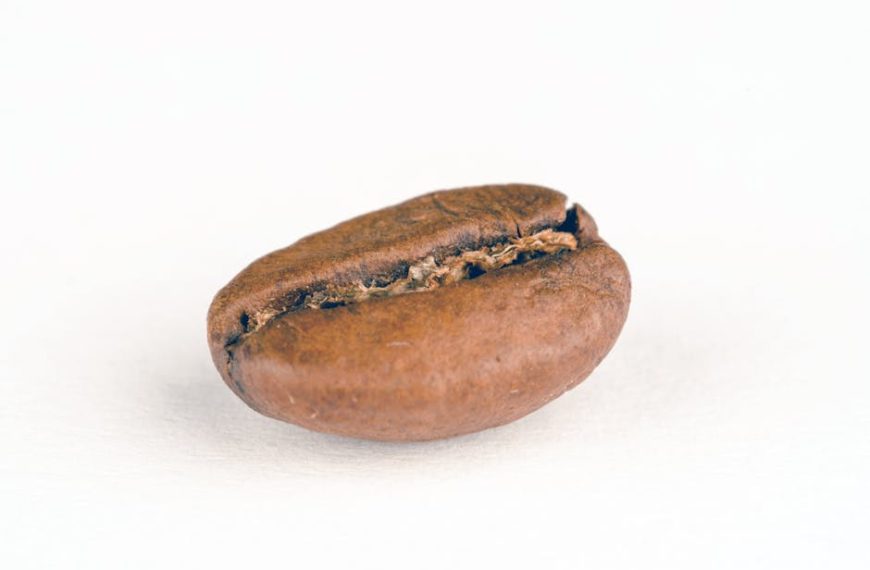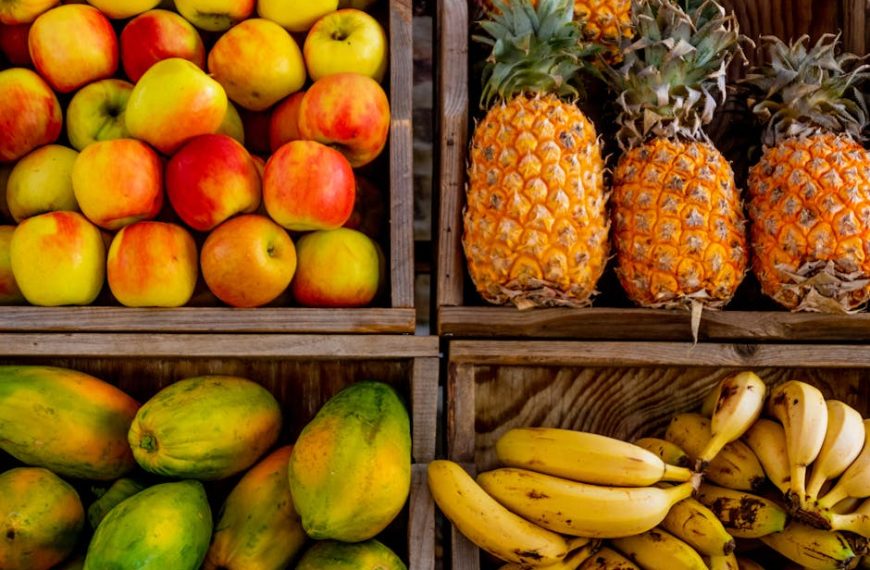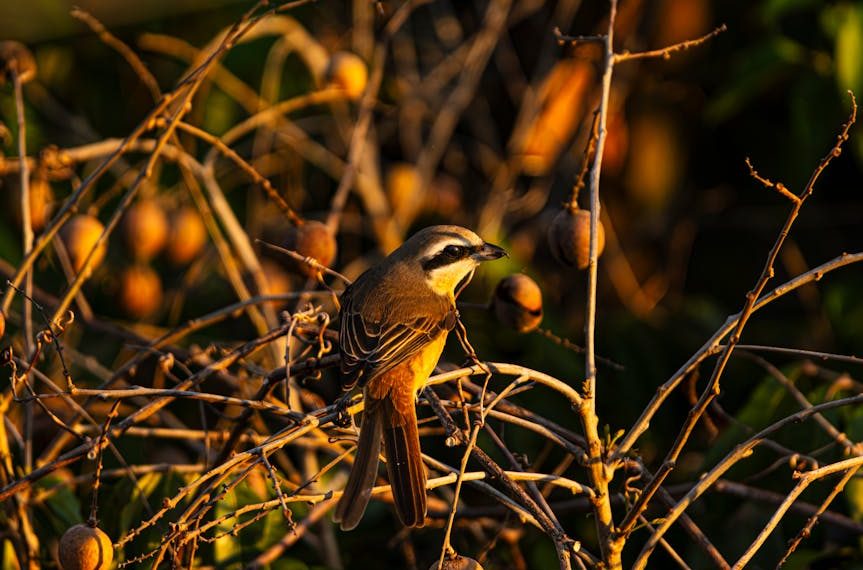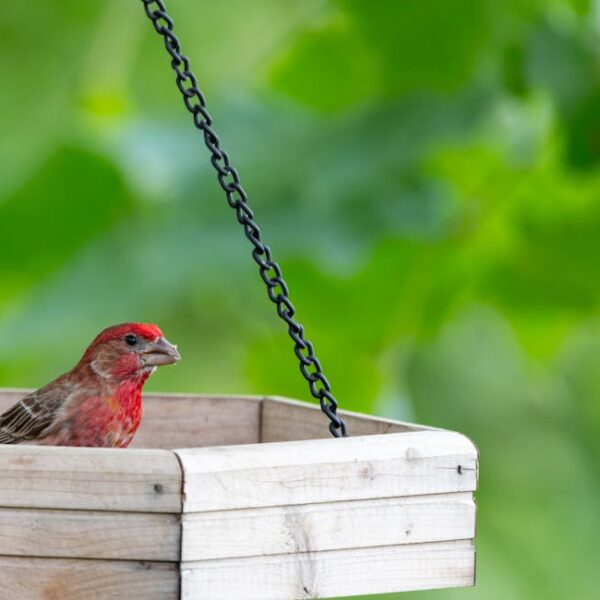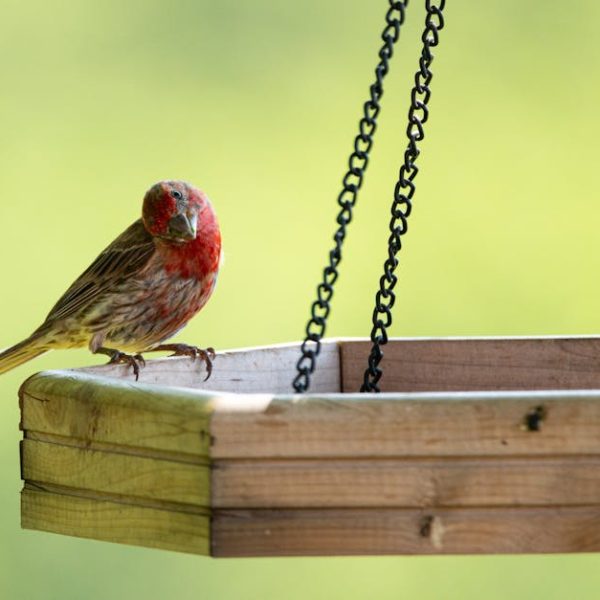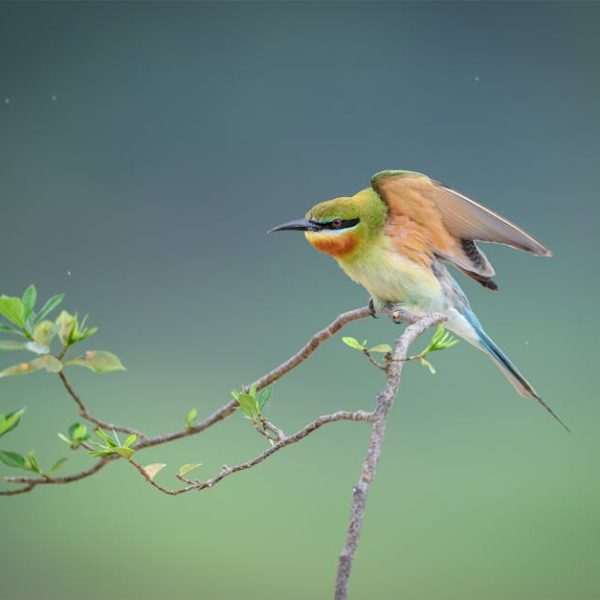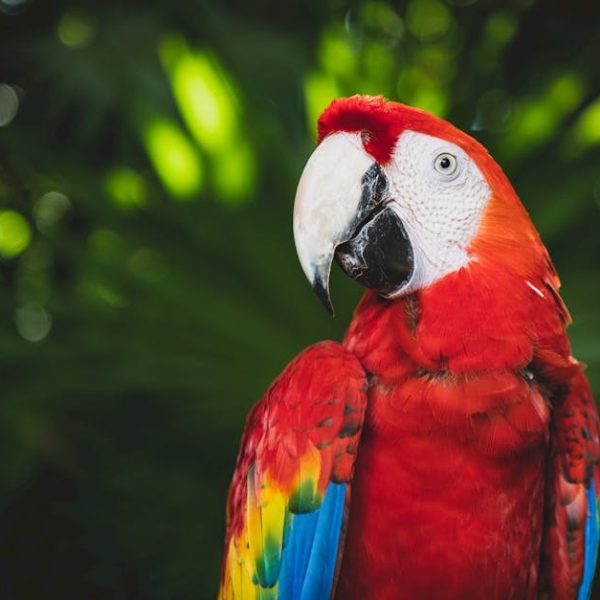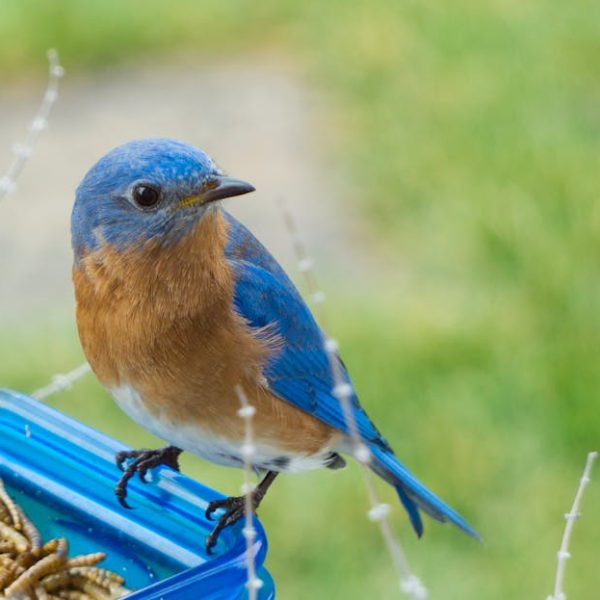Get ready to dig into the fascinating world of tick birds, also known as oxpeckers, and their unique dietary habits. Contrary to what you might think, these birds don’t subsist on birdseed or berries. Instead, they have a distinctive diet primarily composed of ticks and other small invertebrates harvested from large mammals’ skin. Today we will look at the ins and outs of the tick bird’s diet and how it contributes to the ecosystem’s balance.
Understanding Tick Birds: Key Facts and Features
Tick birds, scientifically recognized as Buphagus, are native to the grassy savannas of Africa. They are most commonly spotted perched upon large mammals, from buffaloes to zebras, in a beautiful display of nature’s symbiosis. These petite avians exhibit a predominantly brown body, contrasted by their distinct yellow ringed-eyes and pointed, red bills.
Key features of tick birds include:
- Small stature, usually around 8 inches in length
- Sharp, pointed beak
- Brown feathers with splashes of white-grey and a yellow ring around the eye
- Unique perching behavior on large mammals
Pro Tip: Identifying a tick bird is straightforward once you know what to look for. Always check for their distinctive features, like their brown color, sharp beak, white underparts, yellow ring around the eye, and of course, their unique perching behavior on large mammals in a grazing field.
The Symbiotic Relationship between Tick Birds and Large Mammals
This fascinating bird’s dietary habits center around a form of symbiosis known as mutualism, where both organisms involved benefit from the cooperation. Tick birds feed on ticks, mites, fleas, and occasionally wound secretions from the large mammals they perch on, thus providing general pest control for these animals. In return, the tick birds gain a meal packed with protein.
Diagram or Graphic
Best Practices: Always observe these extraordinary bird-mammal interactions from a distance when you find yourself in nature. Getting too close may interrupt this symbiotic relationship, causing unnecessary stress to both parties.
In the next segment, we’ll delve deeper into the fine details of the tick bird’s diet, habits, and more.
The Primary Diet of Tick Birds
The tick bird’s diet is unique when compared to most avian species. They prefer to feast upon parasites such as ticks, lice, mites, and fleas, specifically those found on the skin of large mammals. Apart from that, they have also been known to pick at the wound secretions or blood from their mammalian hosts – behavior that increases their daily protein intake.
Key food sources for tick birds include:
- Ticks
- Lice
- Fleas
- Mites
- Wound secretions
Comparing the diet of tick birds with other bird species indicates how diverse the avian world is.
| Species | Main Components of Diet |
|---|---|
| Tick Birds | Parasites, Wound secretions |
| Sparrows | Seeds, Insects, Berries |
| Owl | Rodents, other small mammals, insects |
Adaptations that Assist Tick Birds in Their Unique Diet
For the tick bird, survival means evolving specific physical and behavioural traits to adapt perfectly to their parasitic diet. Their sharp, pointed beaks enable them to pick off ticks and other parasites clinging to the skin of large mammals. Their sturdy claws allow them to hold on tightly to the hides of their hosts as they pick off meals.
✔️ Diagram: Representing the distinct adaptations of a tick bird—sharp beak, sturdy claws, etc.—that assist in feeding on parasites.
Pro Tip: One can observe these adaptations by merely watching a tick bird in action. Look for the manner in which it interacts with its host, aiming to find how it uses its pointed beak to pluck parasites away.
The Role of Tick Birds’ Diet in Ecosystem Balance
Tick birds provide a significant utility to their ecosystem with their peculiar diet. By feeding on ticks, lice, and other parasites, they help to control these pests, thereby providing relief to their host mammals. This, in turn, contributes to the overall health of these larger animal populations, which proves beneficial for the ecosystem’s overall balance.
Tick birds’ contributions to the ecosystem include:
- Pest control
- Health maintenance for host animals
- Preservation of the ecosystem balance
Below is a brief analysis of potential impacts were the tick bird population to decline or disappear altogether.
| Possible Impact | Pros | Cons |
|---|---|---|
| Increasing tick population | More food for tick predators | Increased risk of diseases in host animals |
| Decreasing health of host animals | Possible rise in predation, maintaining the predator-prey balance | Reduction in the population of host species which could disrupt the ecosystem |
When delving into the unique diet of tick birds, we not only see a captivating wildlife spectacle but also witness a fascinating example of nature’s brilliance and the interconnectedness of all its components. Next time you spot a tick bird perched on a buffalo or a rhinoceros, remember the integral role these tiny creatures play in maintaining the ecosystem balance.
Key Takeaway:
- Tick birds exhibit a unique diet primarily of ticks and other small invertebrates found on the skin of large mammals showcasing the symbiotic relationship.
- The diet of tick birds is advantageous to the ecosystem by controlling the population of parasites, benefiting large mammals, and thus maintaining ecosystem balance.
- Specific adaptations like a sharp beak and sturdy claws assist tick birds in feeding on ticks and other parasites.
Notwithstanding their small sizes, tick birds indeed make a significant impact with their unique diet by helping with population control of pests. They serve as a critical example in nature of a beneficial symbiotic relationship, further cementing their vital role in our rich, diverse ecosystem.
FAQs
Q: Do tick birds feed on any other creatures apart from ticks?
A: Besides ticks, tick birds also feed on other parasites such as lice, mites, and fleas found on large mammals. Occasionally, they may pick at wound secretions or blood from mammals for added protein intake.
Q: Can tick birds harm their hosts in any way?
A: Generally, tick birds benefit their hosts by ridding them of ticks and other parasites. However, sometimes when they pick at wound secretions, it may prevent the host’s wounds from healing quickly.
Q: Does the diet of tick birds change with the season?
A: Tick birds consistently feed on parasites found on mammals throughout the year. Seasonal changes do not significantly impact their diet.
Q: Are there other birds with similar diets to tick birds?
A: While many bird species feed on insects, tick birds have a unique symbiotic relationship with large mammals for feeding primarily on parasites from these animals.
Q: What can be the possible consequences if tick birds were to disappear?
A: If tick birds were to disappear, it could result in an increase in tick populations and other parasites, affecting the health of host mammals. Additionally, it could disrupt the ecosystem balance.
We hope you found this article illuminating. We invite you to share this exploration digital with your peers and explore other informative posts on our website.

